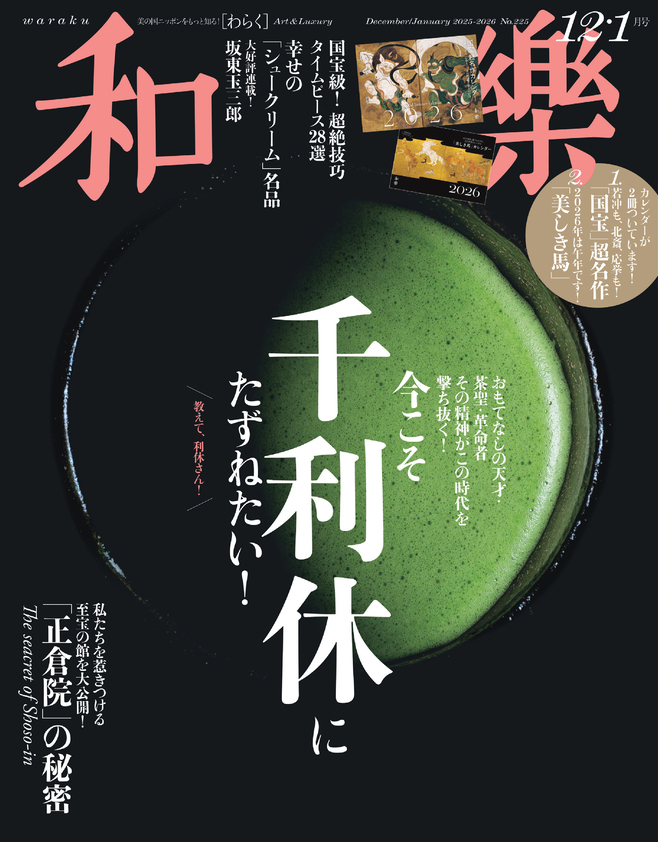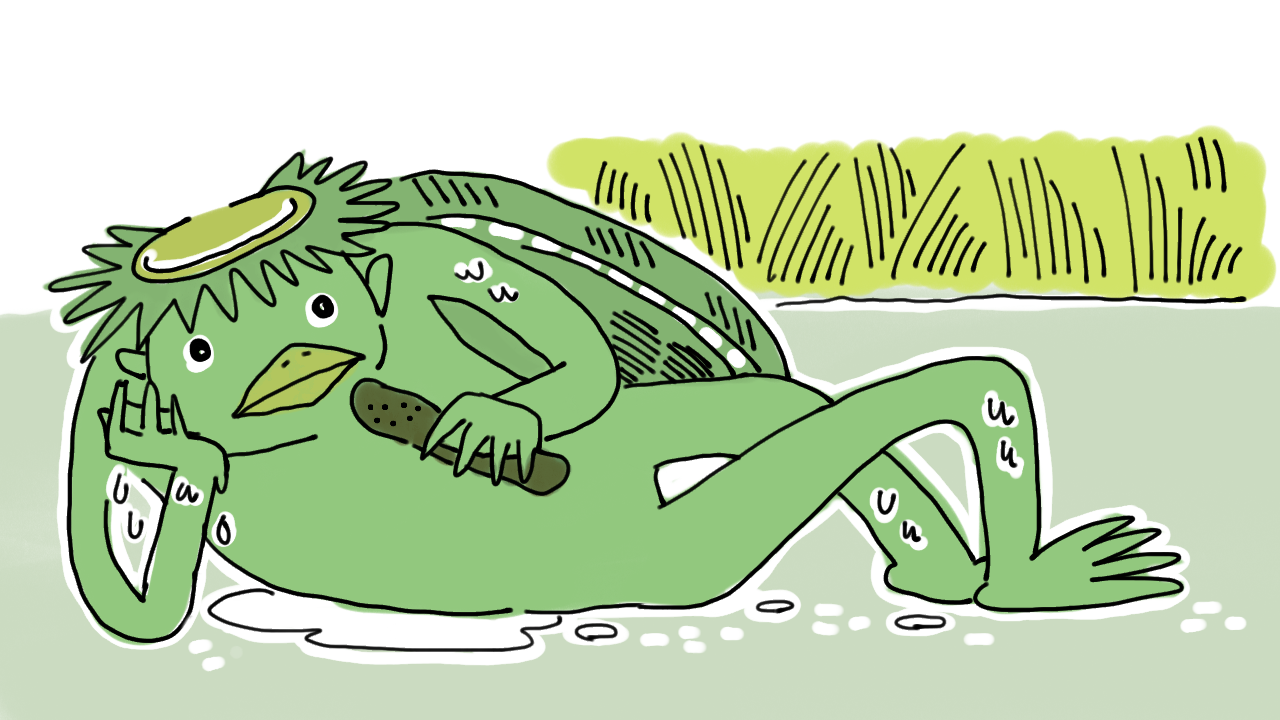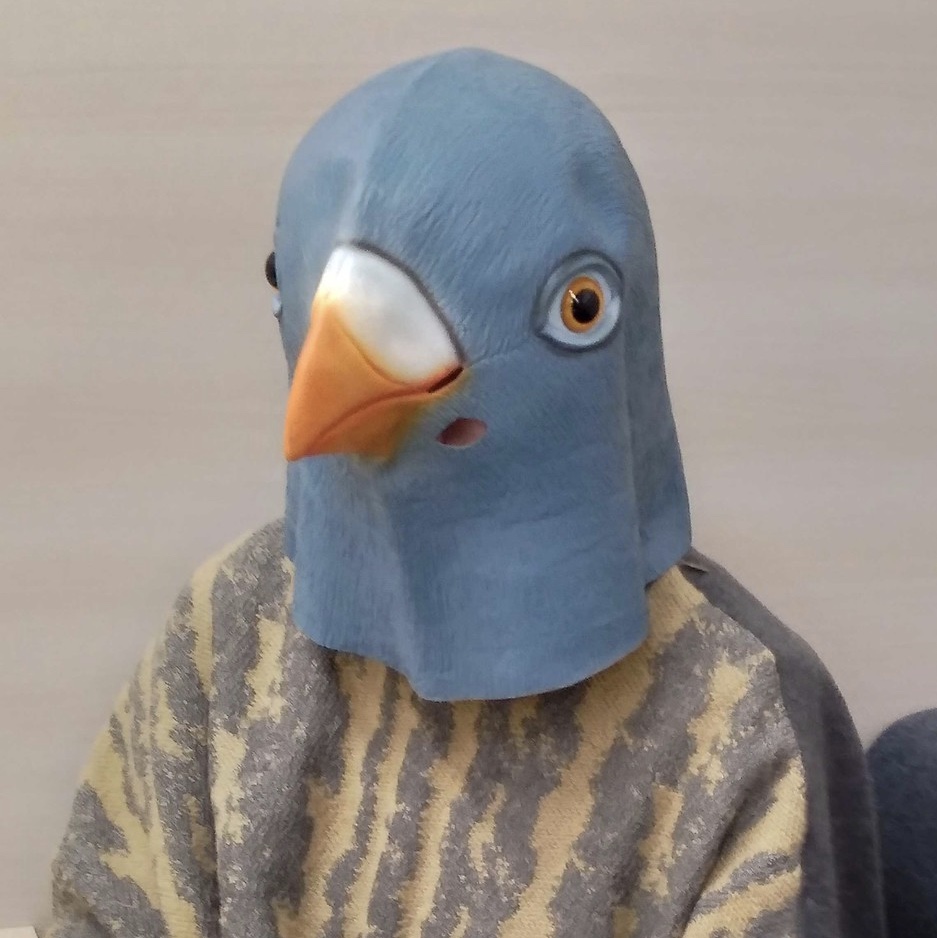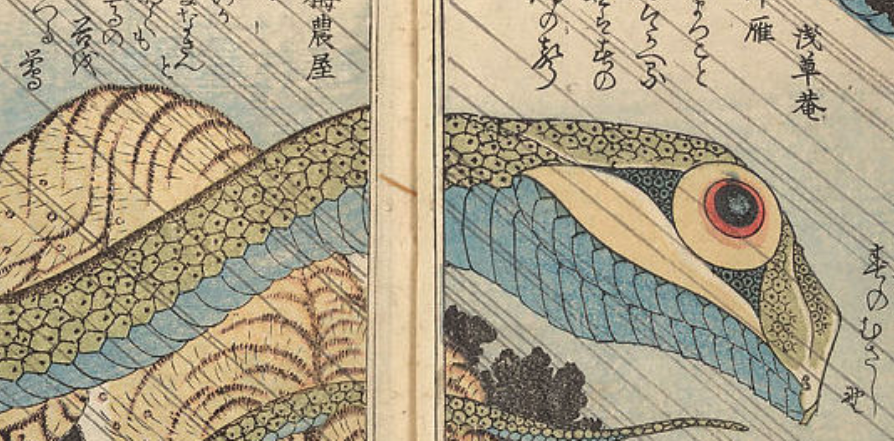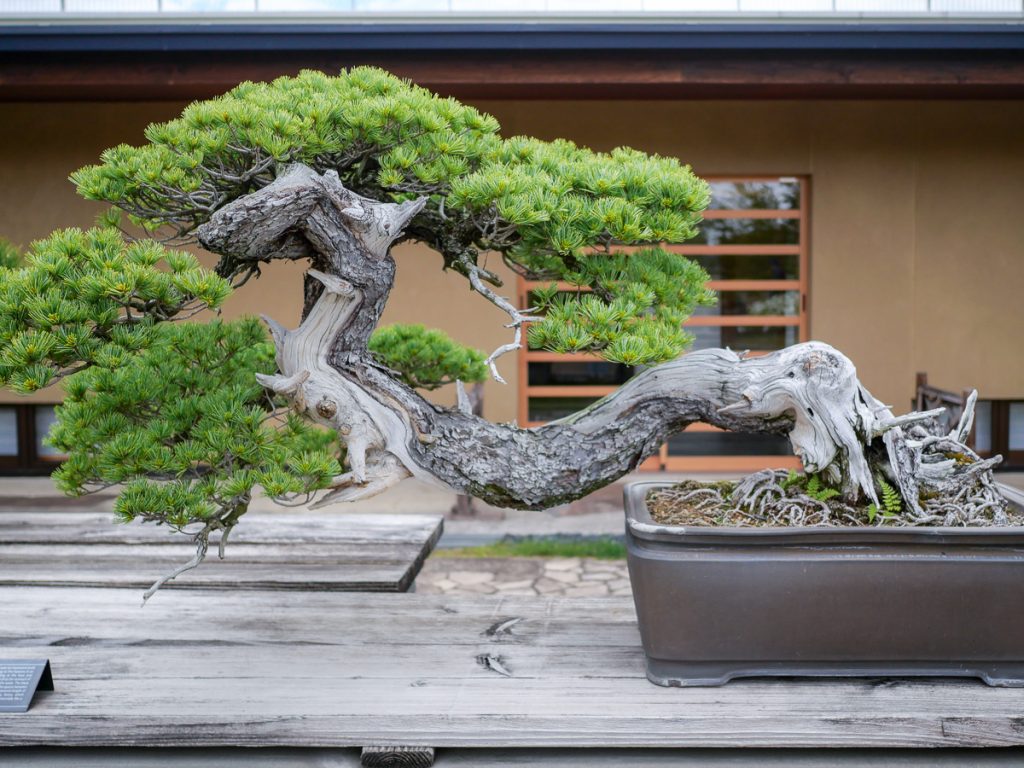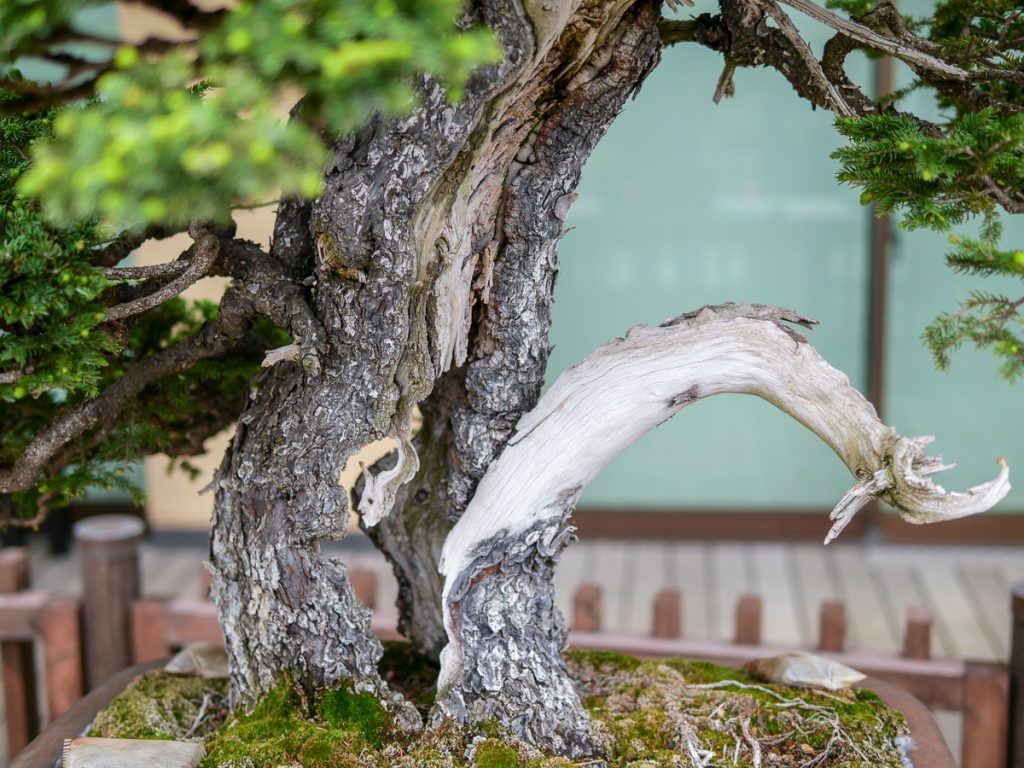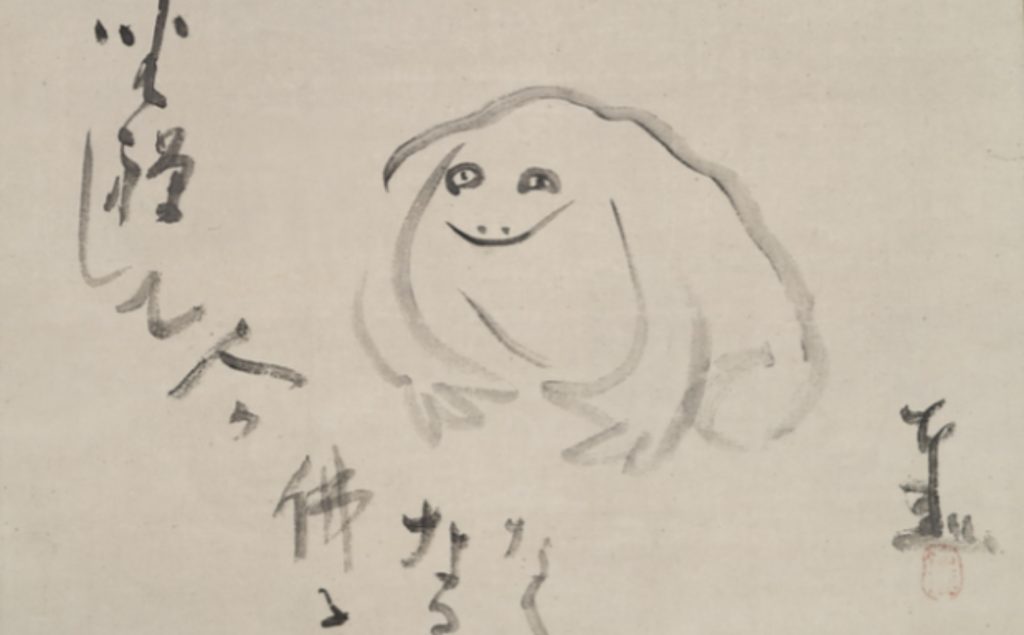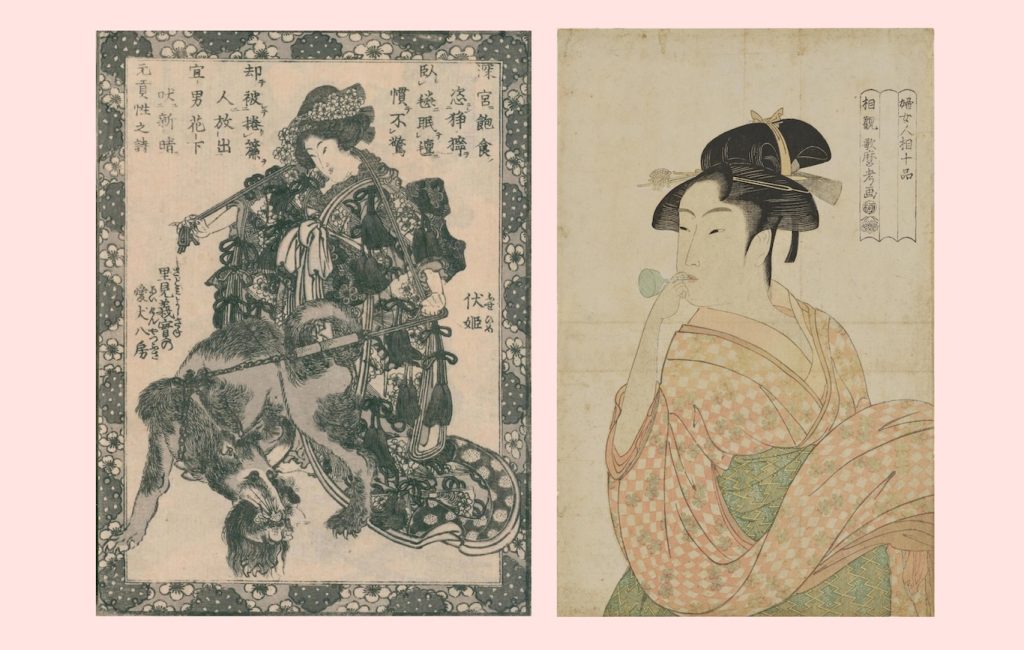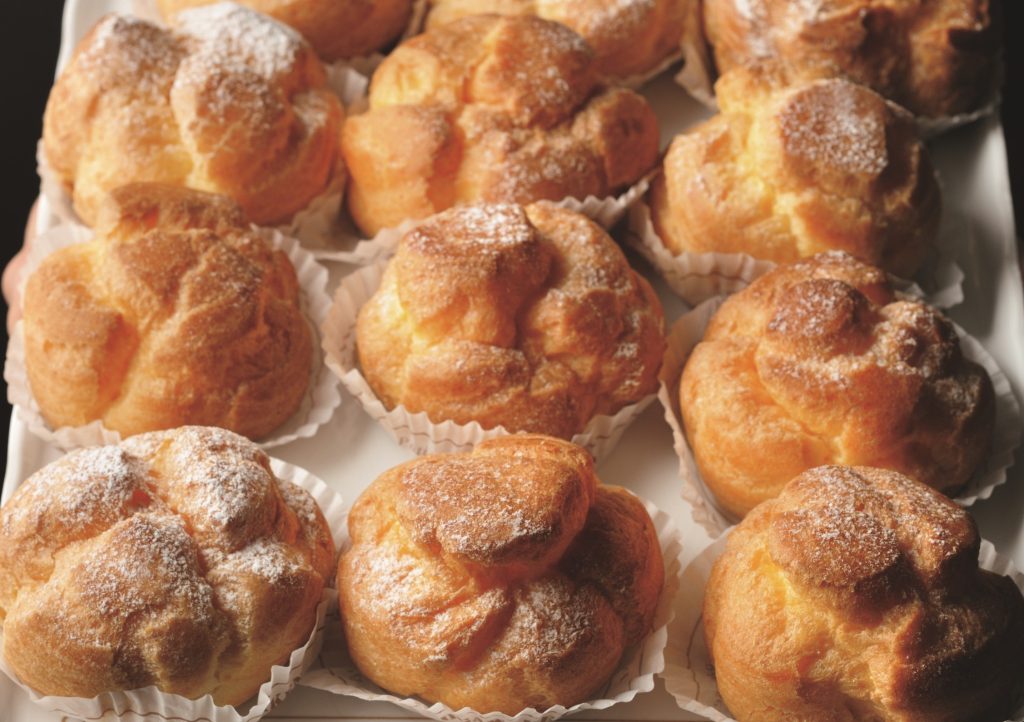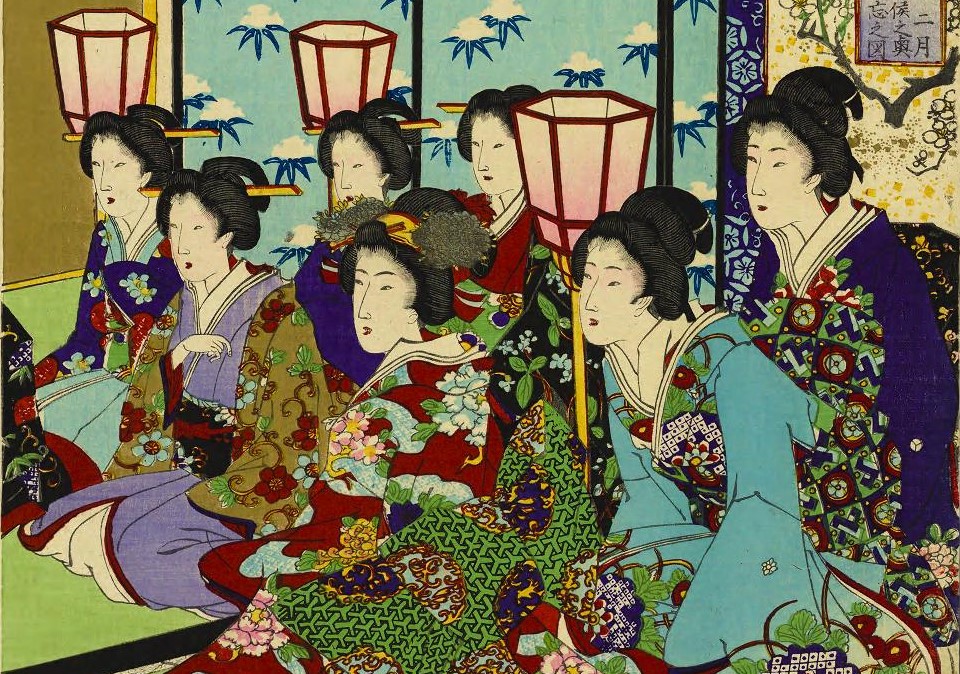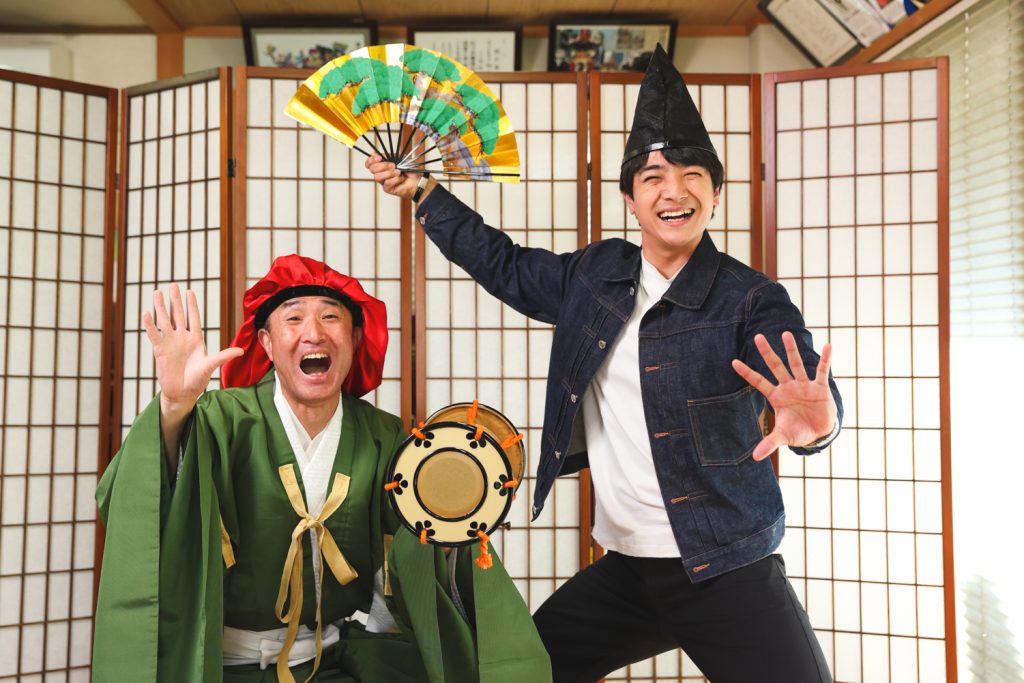The ‘Kappa (河童)’ is a mythical creature still depicted in modern anime and other characters today. Though often portrayed as cute and comical, its true identity is rooted in a sad legend. In this article, we’ll explain the Kappa’s origin, legends, and appearance.
What is a Kappa?
The Kappa is one of Japan’s well-known yokai (妖怪; supernatural creatures), believed to inhabit rivers and resemble children, which is how it got its name. Its legends and stories vary slightly across Japan, with different appearances and names depending on the region.
It’s widely accepted depiction is actually the ‘Edo-style’ version
Typically, the Kappa is depicted with a child-sized, green-colored body, carrying a shell-like structure on its back, and a round, water-filled dish on its head. It’s said that if this dish dries or breaks, the Kappa loses its strength.
Although the modern Kappa is often depicted as a reptilian creature covered in fish scales, older records before the 18th century frequently described it as resembling a humanoid ape.
In the mid-18th century, Kappa were reimagined with amphibian features, like those of frogs or turtles, to appeal to the people of Edo (Tokyo), who were less familiar with mountainous regions. This evolved depiction spread nationwide by the 19th century, resulting in the current image.
The True Identity of the Kappa
The origin of the Kappa varies across Japan. In western Japan, including the Kyushu and Kansai regions, the Kappa legends are based on imported folklore. In eastern Japan, such as the Kanto regions, the Kappa is said to originate from dolls created by Abe no Seimei (安倍晴明), a legendary onmyoji thought to have supernatural powers who used them as shikigami (式神; spirit servants who aided their master in supernatural ways).
One of the more tragic theories for the Kappa’s appearance is that it was inspired by drowned infants who were left exposed on riverbanks due to infanticide. It is believed that the myth of the Kappa was invented as a cover to avoid having children discover this reality. Although a sad tale, infanticide was a common practice in the Edo period.
Kappa’s behaviours
Despite its tragic origin, the Kappa’s behavior in stories is often portrayed as mischievous and clumsy. It enjoys sumo wrestling and pranks, and is frequently depicted as being caught and disciplined by humans. However, it is also known to show gratitude; stories tell of Kappa helping with rice planting or delivering fish in return for kindness.
Why Does the Kappa Love Cucumbers?
Kappa are said to love cucumbers, possibly because cucumbers are associated with water deities and were commonly offered as a form of worship. The Kappa is considered a water deity or a fallen form of one, leading to its supposed fondness for cucumbers. This is why cucumber sushi rolls are known as ‘kappa-maki (かっぱ巻き).’
Legends Related to Kappa
‘Kappa Possession’ in Kyushu
In the Kyushu region, there is an old saying that ‘kappa possess humans.’ For example, in Kumamoto Prefecture, there is a legend that kappa possess young women. It was said that people were warned, ‘Do not display immoral behavior near waters where kappa dwell,’ and it was believed that if a person was possessed by a kappa, they would begin to speak in a sweet, seductive voice to entice others.” In Oita Prefecture, Kappa are believed to possess young girls, making them weak and giving them amnesia. In Nagasaki, it is said that Kappa possession causes people to mumble incoherently and refuse to eat.
The Kappa Stones: Kappa’s Resting Points
‘Kappa Stones,’ found in Mie and Wakayama Prefectures, are known as unique landmarks associated with Kappa. Kappa are believed to travel between streams in spring and mountains in autumn, with Kappa Stones as their resting points. In one Oita village, a man who grabbed an arm sticking out from a Kappa Stone at the river found it detach. That night, a Kappa appeared in his dream, asking for the arm back in exchange for fish left on the rock. Sure enough, the fish were there the next morning.
There is also a legend about a child who was playing on top of this rock, fell into the water, and became ill after swallowing a large amount of water. However, after cucumbers and other offerings were placed on the rock, the child was miraculously cured.
Works Featuring the Kappa
Artists like Toriyama Sekien (鳥山石燕), Katsushika Hokusai (葛飾北斎), and Utagawa Kuniyoshi (歌川国芳), along with Edo-period compendiums like ‘Suiko Koryaku (水虎考略)’ and ‘Suiko Jūni Hin no Zu (水虎十二品之図)’ by Koga Toan (古賀侗庵), documented the Kappa. Later works such as Yanagita Kunio (柳田國男)’s ‘Tono Monogatari (遠野物語; 1910)’ and Mizuki Shigeru (水木しげる) ’s comics also feature Kappa.
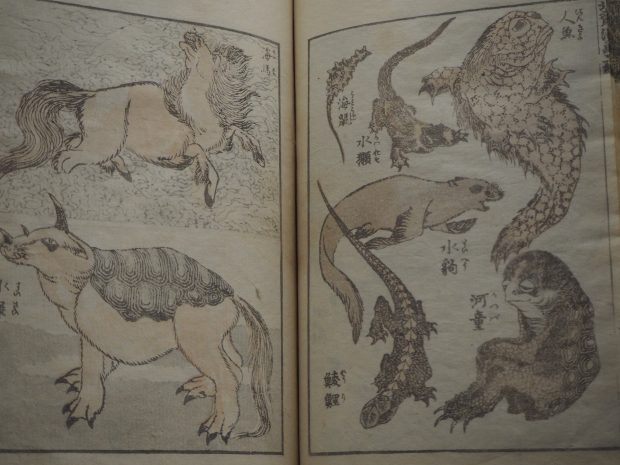
3 parts, mermaids, water otters, etc., 1815, uncut, half-sheet, illustrated book, Eirakuya Toshiro (永楽屋東四郎)
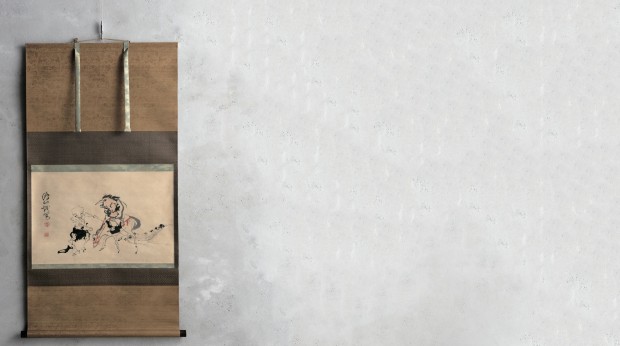
“Yokai Scroll” by Takai Kozan (Mounted)
Reference: Mizuki Shigeru ‘Zusetsu Nihon Yokai Taikan (日本妖怪大鑑)’
Some images in this article have been edited from past content originally published on Waraku (和樂) Web.
This article is translated from https://intojapanwaraku.com/rock/culture-rock/11103/




